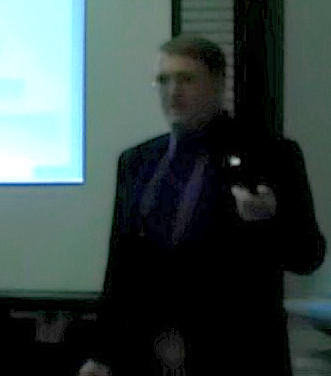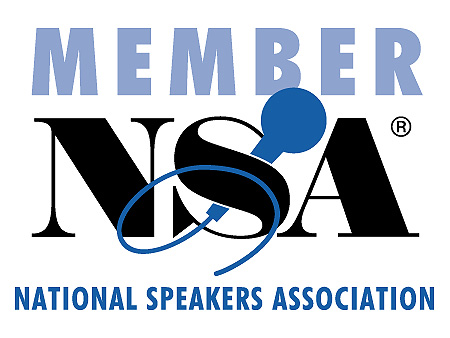 Send to Kindle
Send to KindleYou’ve decided to create a formal leadership development program and have identified potential future leaders. What elements should the program contain?
A good leadership development program should be designed to develop leaders incrementally. So, start with the basics and work up to more advanced levels. For first-level managers the program should include the following.
1. Getting to know the individual. Leaders who don’t really know themselves tend to be less effective than those who do. This isn’t meant to be a “getting in touch with your feelings” type of session, but a hard, honest look at each person’s strengths and weaknesses.
2. Basic leadership theory. There are many areas to study here, but above all else, I recommend studying motivation theory (Herzberg), needs, (Maslow), and the various theories of leadership styles, especially Situational Leadership (Hersey and Blanchard).
3. Communication. Effective communication is essential. Place emphasis on the differences in communicating as a leader and the importance of listening.
4. Decision making and problem solving. These are two areas that don’t get nearly the attention they should in leadership development.
5. Managing change. It usually falls to the lower levels of management to actually implement change.
6. Delegation. Though this is a more advanced topic, the basics of delegation should be understood by all levels of leadership.
In addition, beginning leaders should be introduced to human relations topics such as diversity and dealing with difficult people as well as interacting with unions if necessary. This is just a list of basics and can be expanded.
During this stage of development, much of the information needs to be provided in a seminar or workshop setting; but, don’t consider a few hours in a classroom sufficient. Leadership is a hands-on activity. Each of these subjects should include some practical application. For instance, when studying leadership theory, have the new leader evaluate their workers and provide an analysis of where they are on Maslow’s Hierarchy of Needs, or Hersey and Blanchard’s Situational Leadership model.
The next level of leadership development should address mid-level leaders. These are leaders who have other leaders who report to them. Their development program should include a more in-depth discussion of the topics above but with emphasis on working with other leaders. Development at this level should involve more projects that reinforce the lessons learned. For instance, a mid-level leader might be assigned a project that addresses a complex issue requiring a multi-faceted solution. This should be something that is a little beyond their normal day-to-day responsibilities. A caution though. Don’t make something up. There are probably plenty of real issues that need to be addressed and make-work projects don’t show that senior leadership is really devoted to the leader’s development. Another important assignment at this level is to select a new leader and act as their coach.
The third level of development is for leaders who are approaching senior or executive levels of leadership. Interestingly, this level requires more training in management functions. While human relations are still important, such things as budgeting, marketing, logistics, and international relationships must be understood. However, and this is important, if leaders at this level have never received the basic leadership training discussed above, then I strongly urge you to include at least some of it in their training. Senior leaders who don’t understand basic leadership can do disastrous things!
At this point in designing a leadership development program, it’s good to remember the return on investment. It may seem like too much work or expense, but a good program will definitely pay off.
Next, the final installment in the leadership development series – follow-up



